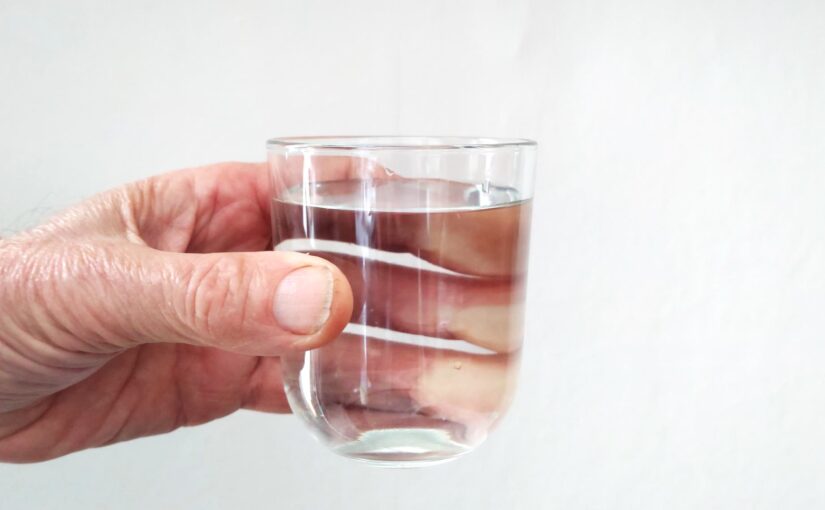An email is going round to local election candidates about the level of nitrates in Cambridge Drinking water. This asks “What is the position of your party (Lab, Lib, Con, Green, respectively) on the high levels of nitrates in Cambridge drinking water? Levels around are 50mg/L and unacceptable in any country in the world, never mind in a high tech city like Cambridge.”
We have been asked our view, and are sharing this here in the interests of political neutrality.
In summary, Cambridge Water Company (CWC) nitrate concentrations are higher than in some areas of the UK, because of the source of our supply, which is mainly the aquifer. However, even the maximum results from sampling of drinking water samples are well below the UK and WHO limit of 50 mg/l. It’s loose talk to state that Cambridge levels are “around 50mg/l” and because of that are unacceptable.
The UK’s Drinking Water Inspectorate explains that “Drinking water extracted from rivers and boreholes in agricultural areas often contain nitrates. Very high amounts of nitrate in drinking water can cause methaemoglobinaemia (blue baby syndrome) in very young children. This is a potentially fatal illness where nitrate is converted to nitrite in the infant’s gut and interferes with the absorption of oxygen by the blood. This extremely unusual illness only occurs when nitrate intake is very high. The last recorded case in the UK occurred in the 1950s and was associated with the use of a shallow private well. However, cases still continue in other parts of the world where there is little or no management of water supplies. The first legal standard for nitrate was set in 1980 and the current drinking water standard is 50 mg/L. The UK standard is based on the World Health Organisation’s guideline value for drinking water, which is also 50 mg/L. This level is intended as a safeguard against methaemoglobinaemia.”
As CWC’s main supply is the aquifers, and this is an agricultural region, and as the aquifers have high concs of nitrate leaching down from soils, CWC’s supply source will also have high levels. CWC maintains nitrate well below the directorate threshold of 50mg/l. It has four nitrate-reducing plants for very high nitrate sources, and it mixes and blends appropriately. Results of testing for 2022 are on the Cambridge Water Company website here at
| Area | min | mean | max |
| Cambridge Zone 1 (north city) | 39.7 | 41.41 | 43.70 |
| Cambridge Zone 2 (south city) | 37.7 | 41.12 | 43.10 |
| Anglian Water at Grafham village (2023) | 23.4 | 31.02 | 40.28 |
| Contrasts with Exeter | 3.71 | 6.81 | 10.86 |
All values are nitrate (NO3) in mg/l
In contrast to Cambridge, where over 90% of our water comes from the chalk aquifer, in Exeter, over 90% of the water comes from lakes and reservoirs, for example on Exmoor and Bodmin moor. This is why Exeter has such low levels of Nitrates. Although Anglian Water also uses reservoirs for a proportion of their supply, the water sources here generally have much higher levels of nitrate than in the South West.
The calcium in Cambridge drinking water makes its health benefits much much greater than in those areas of acid water like Exmoor. Cambridge water also tastes better!
Note that the UK standard of 50 mg/l nitrate can also be expressed as 11.3 mg/l nitrate-nitrogen. In the USA, the Environment Protection Agency standard is slightly lower, at 10mg/l, expressed as nitrate-nitrogen. Some American reporting incorrectly states that the standard is 10mg/l nitrate, which will cause confusion to UK readers trawling the web.
In summary, nitrate concentrations in CWC supply are higher than in some areas of the UK, because of the source of its supply. However, even the maximum results from sampling of drinking water samples are well below 50 mg/l. It’s loose talk to state that Cambridge levels are “around 50mg/l” and because of that are unacceptable.

